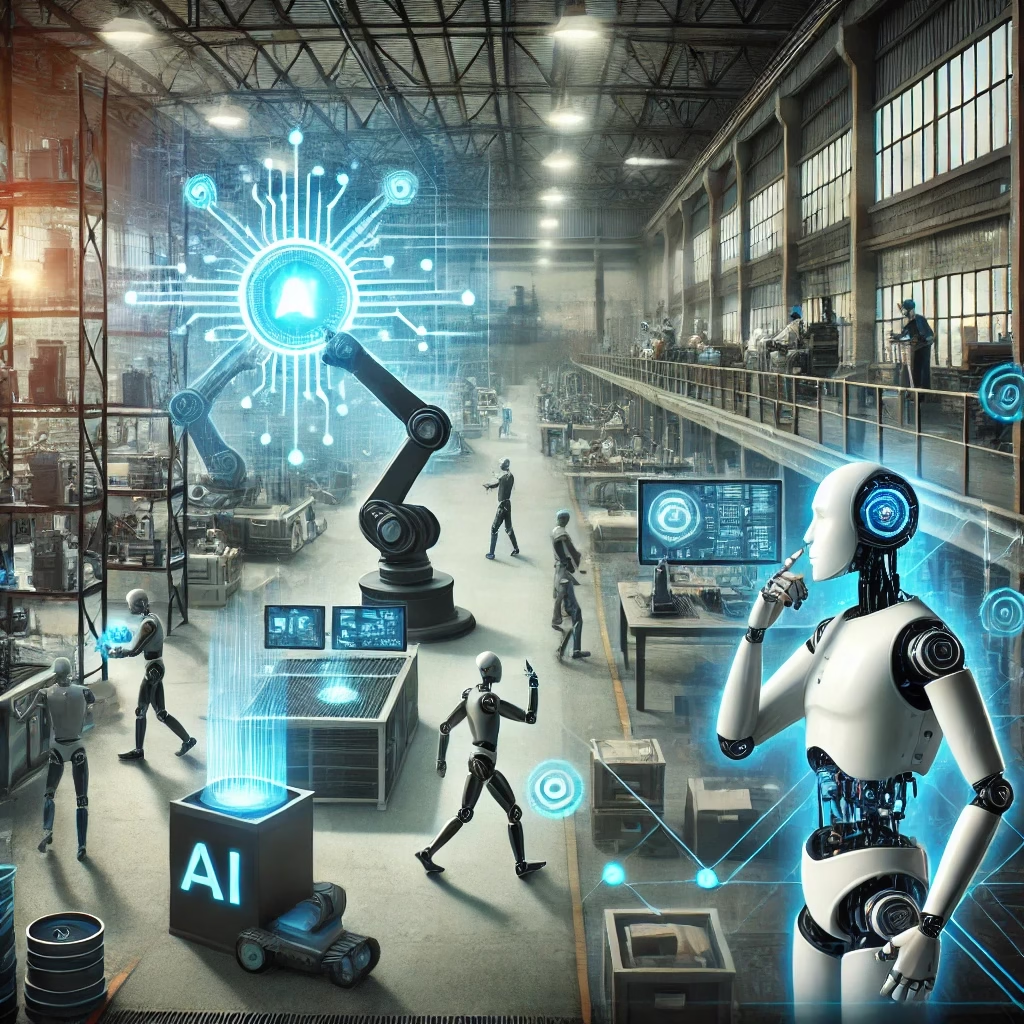Artificial Intelligence (AI) is transforming industries, but two terms often cause confusion: Machine Learning (ML) and Deep Learning (DL). While both are subsets of AI, they differ in complexity, applications, and how they learn from data.
This article breaks down the key differences between ML and DL, their use cases, and how they fit into the broader AI landscape.
1. What is Machine Learning (ML)?
Machine Learning is a branch of AI where algorithms learn patterns from data to make predictions or decisions without explicit programming.
Key Characteristics of ML:
- Requires structured data (e.g., spreadsheets, databases).
- Uses feature engineering (humans manually select important data features).
- Works well with small to medium-sized datasets.
- Common algorithms:
- Supervised Learning (e.g., Linear Regression, Decision Trees, SVM).
- Unsupervised Learning (e.g., K-Means Clustering, PCA).
- Reinforcement Learning (e.g., Q-Learning).
Popular ML Applications:
✔ Spam detection in emails
✔ Credit scoring in banking
✔ Recommendation systems (e.g., Netflix, Amazon)
2. What is Deep Learning (DL)?
Deep Learning is a subset of ML that mimics the human brain using Artificial Neural Networks (ANNs) with multiple layers (“deep” networks).
Key Characteristics of DL:
- Works with unstructured data (images, text, audio).
- Automatically extracts features (no manual feature engineering needed).
- Requires large datasets and high computational power (GPUs/TPUs).
- Common architectures:
- Convolutional Neural Networks (CNNs) for image recognition.
- Recurrent Neural Networks (RNNs) for sequential data (e.g., speech, text).
- Transformers (e.g., GPT, BERT) for NLP tasks.

Popular DL Applications:
✔ Self-driving cars (Tesla, Waymo)
✔ Facial recognition (Apple Face ID)
✔ AI chatbots (ChatGPT, Gemini)
3. Key Differences Between ML and DL
| Factor | Machine Learning (ML) | Deep Learning (DL) |
|---|---|---|
| Data Requirements | Works with small/medium datasets | Needs massive amounts of data |
| Feature Extraction | Manual (human-engineered) | Automatic (learns features) |
| Hardware Needs | Can run on CPUs | Requires GPUs/TPUs |
| Interpretability | Easier to explain | “Black box” (hard to interpret) |
| Training Time | Faster training | Slower, computationally intensive |
| Use Cases | Fraud detection, basic predictions | Image/voice recognition, NLP |
4. When to Use ML vs. DL?
✅ Use Machine Learning if:
- You have structured, tabular data.
- Your dataset is small or medium-sized.
- You need faster, interpretable results.
✅ Use Deep Learning if:
- You’re working with images, audio, or text (unstructured data).
- You have access to huge datasets and strong computing power.
- You need high accuracy for complex tasks (e.g., autonomous driving).
5. The Future of ML & DL
- ML remains dominant for business analytics, finance, and lightweight AI applications.
- DL is pushing boundaries in robotics, generative AI (e.g., ChatGPT, MidJourney), and medical diagnostics.
- Hybrid approaches (e.g., AutoML, TinyML) are making AI more accessible.
Final Thoughts
While Deep Learning is a more advanced form of Machine Learning, it’s not always the best choice. Understanding their differences helps businesses and developers choose the right AI approach.
Which one do you need?
- For structured data & quick insights → Machine Learning
- For complex patterns in images, text, or speech → Deep Learning
Would you like a deeper dive into any specific ML/DL algorithm? Let me know! 🚀

